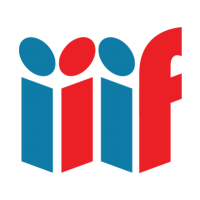Volatility Spillovers and Nonlinear Dynamics between Jet Fuel Prices and Air Carrier Revenue Passenger Miles in the US
Select what you would like to download. If choosing to download an image, please select the file format you wish to download. The Original File option allows download of the source file (including any features or enhancements included in the original file) and may take several minutes.
Select the document elements you would like to include in the embed code.

